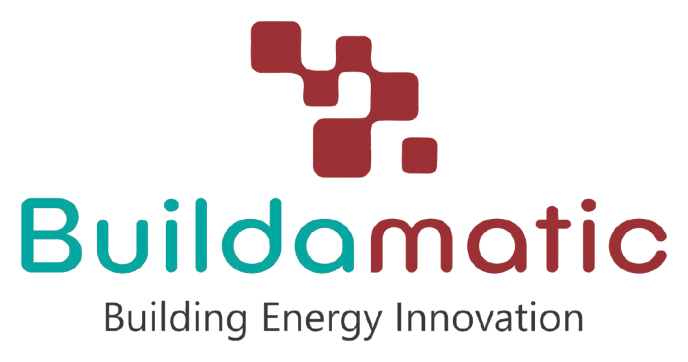Homeowners who install photovoltaic power systems receive numerous benefits: lower electric bills, lower carbon footprints, and potentially higher home values. But these benefits typically come with significant installation and maintenance costs, and the magnitude of the gains can vary widely from one house to another. This article will help homeowners make the financial calculations required to determine the viability of solar power in their homes.
Key Takeaways
- Those seeking to go green may want to consider equipping their home with solar panels.
- Not only is solar power good for the environment, but you can earn money selling back excess power to the grid.
- While costs have come down over the past years, installation and maintenance of solar panels can be quite costly.
- Solar panels are best suited for homes that receive ample sun exposure throughout the year.
- Before committing to solar power, be sure to understand both the social and economic factors.
Photovoltaic (PV) solar technology has been around since the 1950s, but thanks to declining solar module prices, it has only been considered a financially viable technology for widespread use since the turn of the millennium.1
Solar panel size is quoted in terms of the theoretical electrical output potential in watts. However, the typical output realized for installed PV systems—known as the “capacity factor”—is between 15% and 30% of the theoretical output.2 A 3 kilowatt-hour (kWh) household system running at a 15% capacity factor would produce 3 kWh x 15% x 24 hr./day x 365 days/year = 3,942 kWh/year, or roughly one-third of the typical electricity consumption of a U.S. household.
But this calculation may be misleading because there is little reason to speak of “typical” results; in fact, solar may make sense for one household, but not for the house next door. This discrepancy can be attributed to the financial and practical considerations considered in determining viability.
